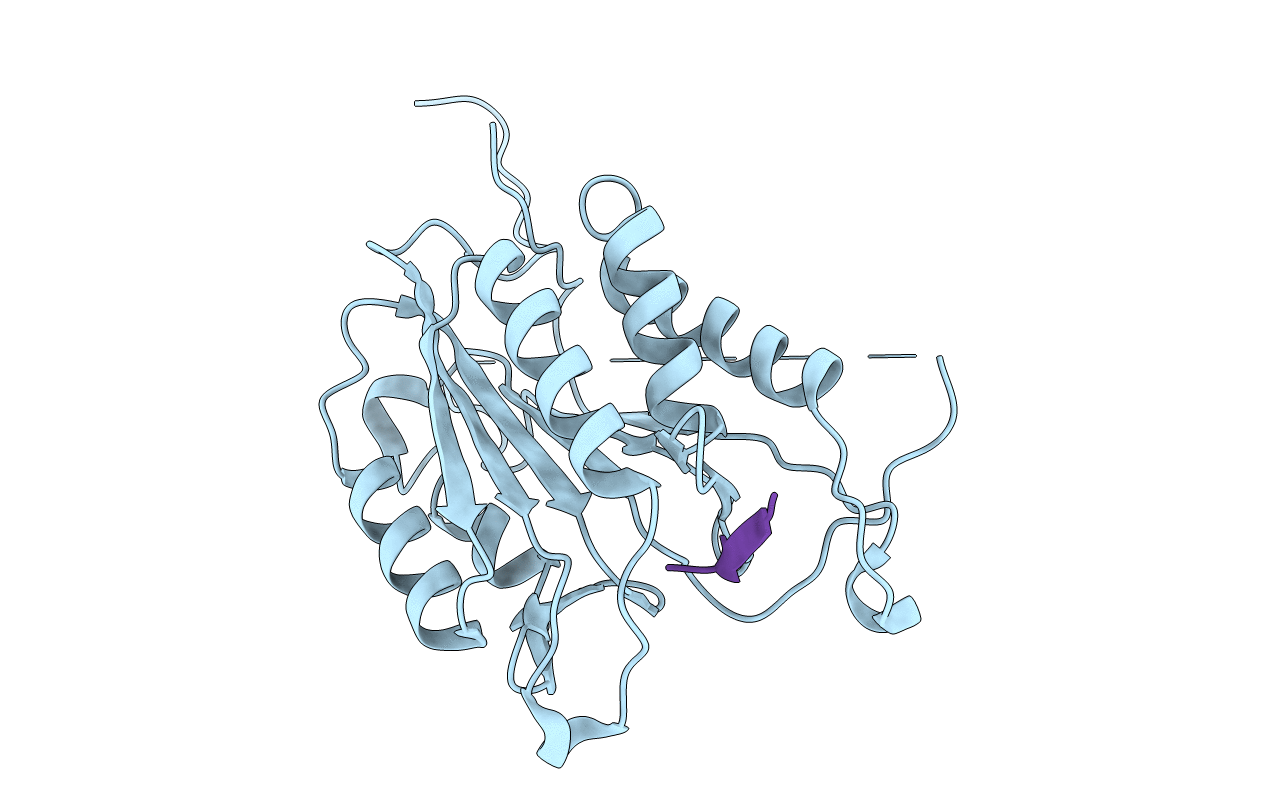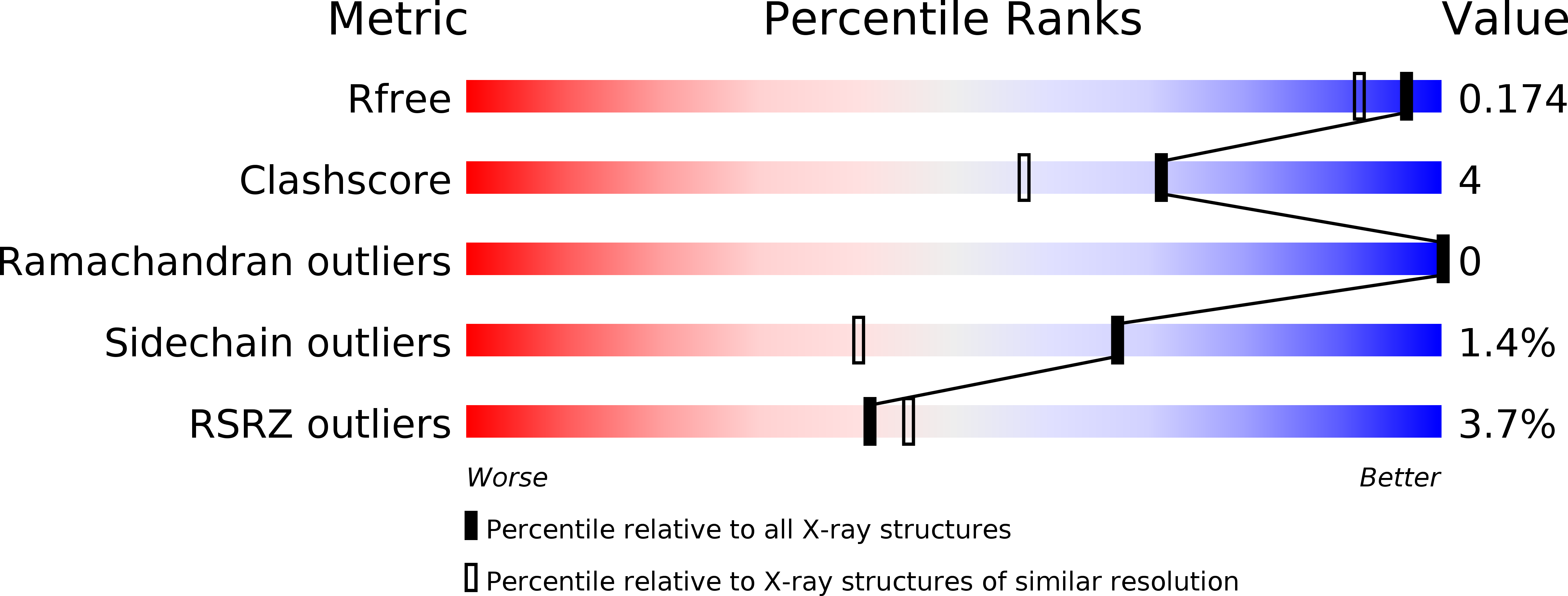
Deposition Date
2013-03-07
Release Date
2013-06-12
Last Version Date
2023-11-15
Entry Detail
PDB ID:
4JJE
Keywords:
Title:
Caspase-3 specific unnatural amino acid peptides
Biological Source:
Source Organism:
Homo sapiens (Taxon ID: 9606)
Host Organism:
Method Details:
Experimental Method:
Resolution:
1.48 Å
R-Value Free:
0.17
R-Value Work:
0.14
R-Value Observed:
0.15
Space Group:
I 2 2 2


